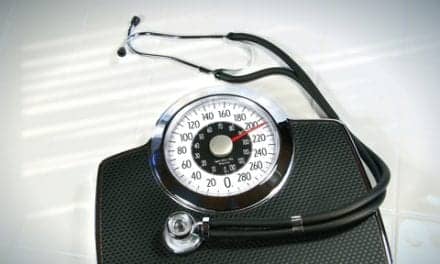Researchers report that lipid levels in the blood of children are associated with respiratory conditions like asthma and allergies.
Dyslipidemia, an abnormal lipid metabolism, is a well-established risk factor for cardiovascular diseases and has also been associated with disorders like rheumatoid arthritis, lupus and atherosclerosis. Its possible association with lung diseases is, however, poorly elucidated.
The goal of the study was to assess lipid profiles in children with asthma. In total, 301 children from the COPSAC cohort aged between 5 and 7 years were evaluated in terms of blood lipid profile and possible link to concurrent asthma, altered lung function and allergic sensitization. High-density lipoprotein cholesterol (HDL-C, the “good” cholesterol), low-density lipoprotein cholesterol (LDL-C, the “bad” cholesterol) and triglyceride levels were determined.
Concerning the lung function, researchers found that high HDL-C levels were associated with an improved specific airway resistance and a decreased bronchial responsiveness in children, while high levels of LDL-C were found to be linked to asthma and airway obstruction. No correlation was found between triglyceride levels and lung function measures.
In terms of allergen sensitization, the team found that high HDL-C levels reduced the risk for sensitization against aeroallergens. On the other hand, high triglyceride levels were found to increase this risk.










